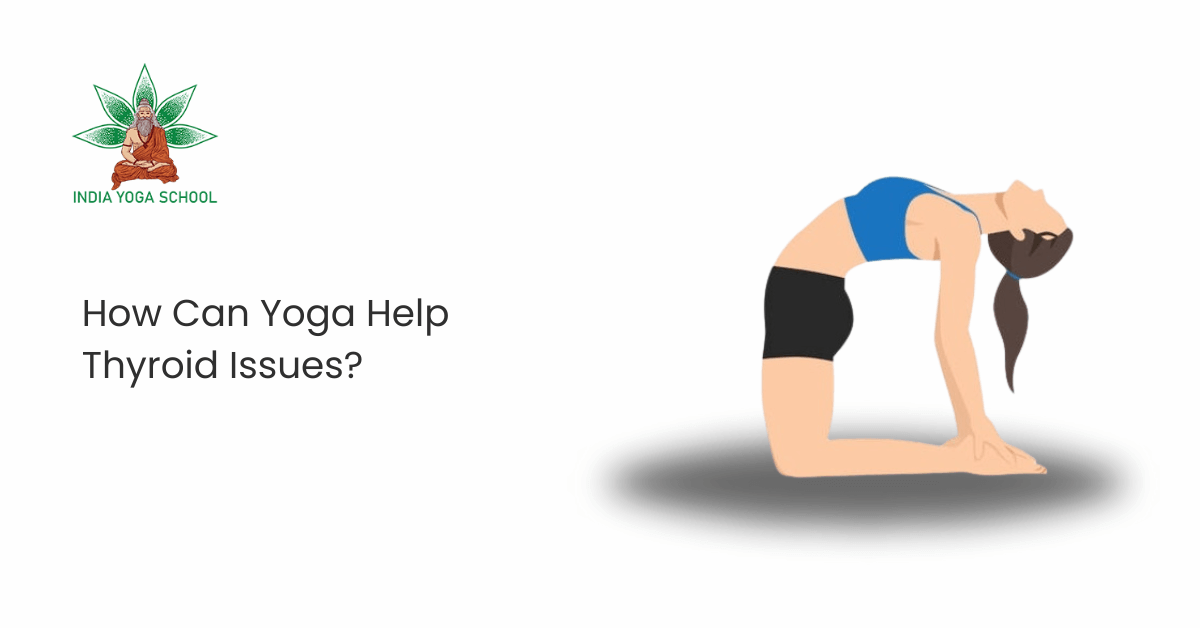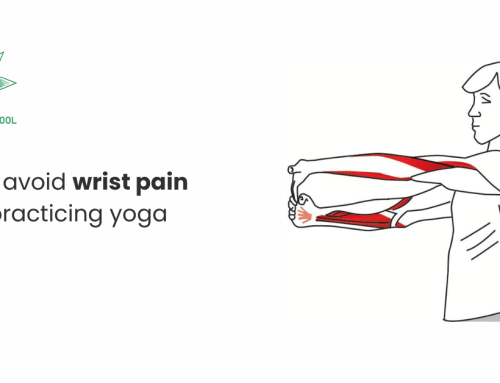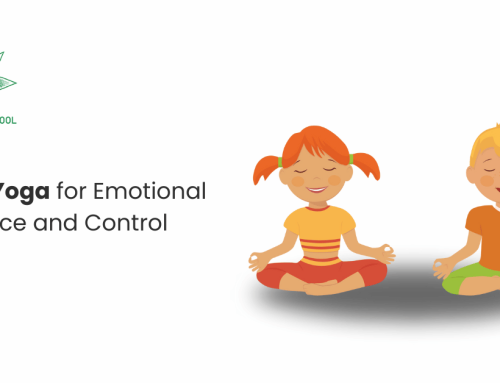True, thyroid disease is now a common medical term, right up there with diabetes and hypertension. It is thought that the illness is more common in women than in men. It is thought that the hectic lifestyle we have is one of the main reasons why people get thyroid problems.
Numerous therapeutic options are accessible to patients, despite the fact that thyroid diseases are becoming more common in today’s world. Results from any treatment would be gradual at first, but at least you have something to be happy about while you wait. Natural remedies for thyroid illness can be found in yoga and meditation. Just a few minutes of yoga every day may do wonders for your stress levels as well as for the quality of your life in general.
Now, there are numerous kinds of thyroid diseases; nevertheless, the two most common ones are:
If you suspect you may be suffering from a thyroid issue, it is essential that you consult your physician. You should check with your doctor before beginning treatment to be sure you don’t have either type of thyroid, as certain symptoms might indicate either.
Using Yoga to Treat Thyroid Issues
Make an appointment with your doctor before beginning yoga as a treatment for thyroid issues. While regular yoga practice may help alleviate symptoms, it should not be relied upon as a replacement for medical treatment. However, it is worth noting that some yoga approaches might enhance symptom management.
Although all yoga asanas are beneficial for people with hypothyroidism or hyperthyroidism, we suggest the following poses because of their potential benefits. But these aren’t the only stances you need to work on. If you need more specific asanas for your health, talk to a yoga instructor at India Yoga School.
Hypothyroidism
Underactive thyroid, often known as hypothyroidism
Symptoms of Hypothyroidism
- Hypothyroidism symptoms include being uninterested in daily activities, becoming lethargic, and adopting a laid-back attitude towards things.
- You’ve been experiencing more fatigue than usual yet continuing to conduct your routine work.
- You still haven’t figured out why you’re constipated after all this time.
- Some of your friends have noticed that you’ve put on a few pounds recently, and you’re at a loss as to why; you’re even starting to question whether you’re eating too much.
- These days, when you look in the mirror, you can see that your face is getting puffier.
- You can’t help but feel down when you notice that your thick, long hair is suddenly starting to thin out and you find clumps of hair all over the place.
- There can be other causes for your irregular menstrual cycles; therefore, it’s best to consult a medical professional.
- You’ve seen an unseemly amount of facial hair growth.
- A swelling of the throat is visible to you. Without a doubt, the document needs to be reviewed.
Also Read: How to Use Yoga Blocks: Poses, Benefits and Pro Tips?
Yoga postures are used to treat hypothyroidism
- Sarvangasana, or the shoulder stand.
- Viparita Karani, or the Inverted Pose.
- “Janu Shirasasana,” or the forward bend with one leg.
- Matsyasana, or the Fish Pose.
- Asana (Plow Pose).
- (Marjariasana) Cat Stretch.
- The Sun Salutation (Surya Namaskar) was performed quickly.
- In addition to these yoga poses, pranayamas (breathing techniques) like Nadi Shodhan (alternate nostril breathing technique), Kapal Bhati (skull-shining breathing technique), Bhastrika, and Ujjayi might help alleviate symptoms of hypothyroidism.
Hyperthyroidism
“Hyperthyroidism” means the thyroid is overactive.
Symptoms of Hyperthyroidism
- Overeating or undereating could be symptoms of hyperthyroidism. A change in hunger levels could occur suddenly. Yet your slim figure stays the same regardless of your caloric intake.
- It seems like you’re having trouble nodding off at night.
- if your perspiration is excessive and not normal.
- You are becoming easily irritated over little things.
- You tend to keep to yourself, feeling uneasy, tense, and reticent.
Yoga asanas to Treat Hyperthyroidism
- Bridge Pose
- Marjariasana, the Cat Stretch; Shishuasana, the Child Pose; and Shavasana, the Corpse Pose.
- The practice of slow Surya Namaskars combined with mantra chanting can have a calming and relaxing effect.
The symptoms of hyperthyroidism can be effectively managed with the practice of certain breathing exercises, including Ujjayi, Bhramari (bee breath), Nadi Shodhan, and cooling pranayamas like Sheetali and Sheetkari.
Additionally, for both hypothyroidism and hyperthyroidism, it is beneficial to meditate for a few minutes daily. Those who suffer from hypothyroidism and find themselves becoming too sedentary should make an effort to maintain an active lifestyle. Here is when the ability of meditation to control your emotions and actions becomes apparent.
- Advice on What to Eat If You Have a Thyroid Disorder
- Include foods that are high in fiber in your diet.
- Lessen your consumption of carbs and fats.
- Eat plenty of fresh produce, especially dark green leafy veggies. Hypothyroidism patients should stay away from cabbage, broccoli, and cauliflower.
- Stay away from meat and dairy.
Also Read: Complete Guide to the 7 Chakras and their Effects
Cut back on your consumption of rice, milk, spicy foods, refined and quick foods, and anything containing preservatives.
Meditation reduces chronic stress and maintains mental equilibrium, both of which are thought to play a role in thyroid diseases. A few minutes of daily chanting of “Om” is also helpful. Feel the healing of the thyroid gland when you place your hand on it after chanting. Harness the energizing power of chanting to stimulate the thyroid gland.







Leave A Comment